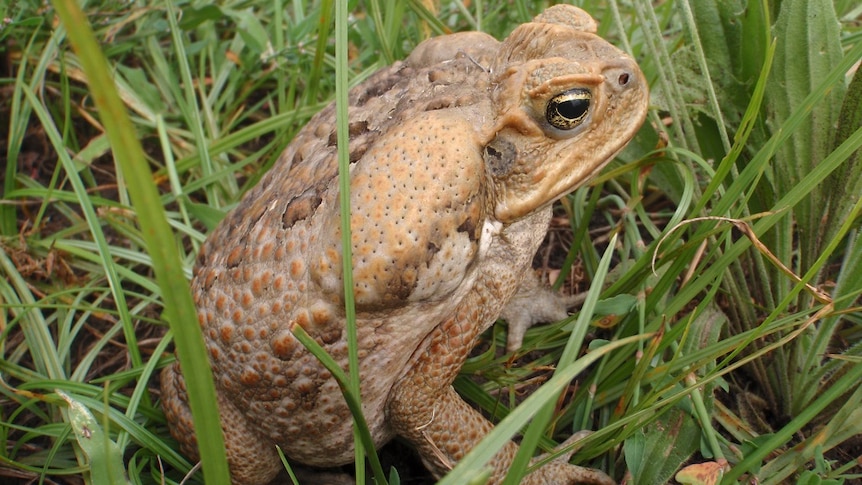Scientists from Southern Cross University have embarked on a groundbreaking research project utilizing environmental DNA samples to uncover the hidden biodiversity of coastal New South Wales waterways. Through this innovative approach, they have uncovered traces of invasive species like cane toads and even unexpected finds like water buffalo in regions where they were previously unseen.
The team at SCU collected water samples from a vast network of 234 locations spanning 33 estuaries along a thousand kilometers of coastline. By analyzing environmental DNA extracted from these samples, they were able to decipher the intricate web of life inhabiting these waterways, generating unique biodiversity maps for each location.
Lead researcher Maarten De Brauwer emphasized the significance of this mapping endeavor in aiding the management of both invasive species and the protection of endangered ones. The study revealed a startling discovery that cane toads had ventured further south into NSW than previously documented, marking a concerning expansion of their territory.
In a surprising turn of events, the researchers also detected water buffalo DNA in the Richmond River, a species not typically found in the Northern Rivers region. Dr. De Brauwer recounted the investigative process that led to this revelation, highlighting the unexpected presence of these animals due to a farmer’s unconventional use of water buffalo for training draught horses.
The utilization of environmental DNA surveys represents a cutting-edge technique for identifying the diverse array of organisms present in a given environment. Dr. De Brauwer explained that this method allows for the detection of not just animals but also plant life and even microbial organisms, showcasing its versatility in ecological monitoring.
The team’s efforts yielded remarkable insights, uncovering over 10,000 species across New South Wales, including 25 threatened species ranging from soft corals to fur seals and black cod. Notable discoveries included the DNA of the endangered white seahorse and the varied sittella bird, underscoring the importance of such surveys in conservation efforts.
Moreover, the study’s implications extend beyond species identification, as it can also serve as a valuable tool for monitoring ecosystem recovery post-natural disasters. By tracking changes in biodiversity over time, researchers hope to gain a deeper understanding of the factors influencing ecosystem resilience and restoration.
As Dr. De Brauwer aptly summarized, “We are just at the start of discovering what we have in the estuaries.” This ongoing research not only sheds light on the intricate ecological tapestry of NSW waterways but also underscores the need for continued vigilance in safeguarding these fragile ecosystems from the threats posed by invasive species and environmental disruptions.









Leave feedback about this